– Appropriation –
– Two Images –
– [Inspried by…] –
What is Appropriation? –
In photography, appropriation is about ‘stealing’ / ‘borrowing’ images or work that belongs to another notable person. Due to said artist changing the image in a distinguishing way, it technically no longer belongs to the original artist. Artists who do this believe they are re-contextualising the images to create antithetical meaning. It is about creating new work out of pre-existing images and putting its new appropriated image with a new meaning, essentially.
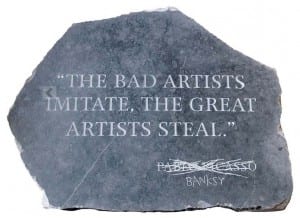
Richard Prince –
In the week two lecture, we were introduced to an appropriation artist named Richard Prince. We were told about the art fair, where he stole screenshots of people’s Instagram and blew the images up and sold them for money. Richard Prince has moved on from repurposing others work and has taken to Instagram. Literally. He has been taking screengrabs of people’s Instagram posts, with his comments underneath.
“Prince would likely argue that his use of the photographs is different from use by the original authors. The Instagram users intended the pictures to display aspects of their lives, their new shoes, or what they had for dinner. Prince, however, would claim that he is using the photos for very different reasons. Perhaps he is commenting on the photos themselves through his new “comments.” Or perhaps he is using them to express something about modern society.” (MSNBC, 2015)
Technically, he can get away with it because he is ‘using’ them in a different way. He is using them to advertise his own meanings/agenda of the particular images. He is commenting something on them which makes you think about the real meaning. For example; this image below is an Asian female. He comments ‘FarOut. I’m not real good at math’. Whereas it is clear the image itself is about how she looks. Although, as everyone knows the stereotype goes ‘all Asians are supposedly really good at maths. Richard Prince seems to think so. therefore, the meaning of this image has (somewhat) changed.
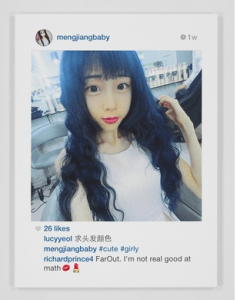
“Additionally, copyright law allows people to copy others’ work when the new work is sufficiently “transformative” of the original. When the new work adds new meaning to the original and places it in a different context, courts will tend to treat it as a fair use.” (MSNBC, 2015)
Although, the comments are not deemed as ‘fair’. Prince is still able to get away with it. However, it is being placed under a different meaning… Modern society. And it is not a very nice one.
Fun Fact –
Every day, our images get appropriated when we post on social media (Instagram, Facebook, Snapchat etc.). When we use the filters that are provided, the image technically belongs to them. Although it is our faces, as soon as you change the image using their property, it instantly belongs to them. Henceforth, appropriation.
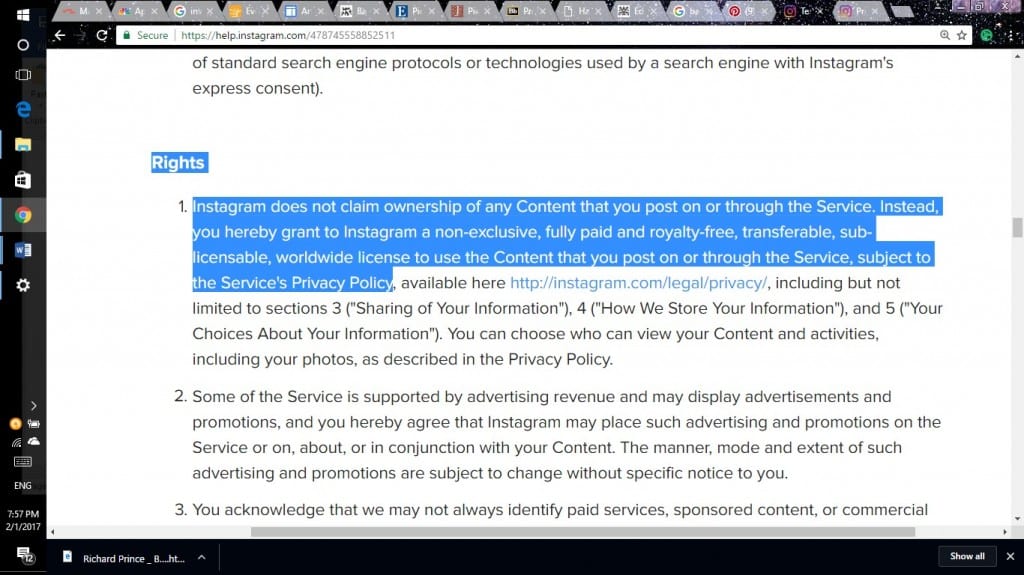
Although you are not agreeing to give them full ownership of your material, you are agreeing to allow them access to whatever they want. This is because you are not paying for the service, you are getting all the filters they have made and provided for free. Therefore, technically… It all belongs to them.
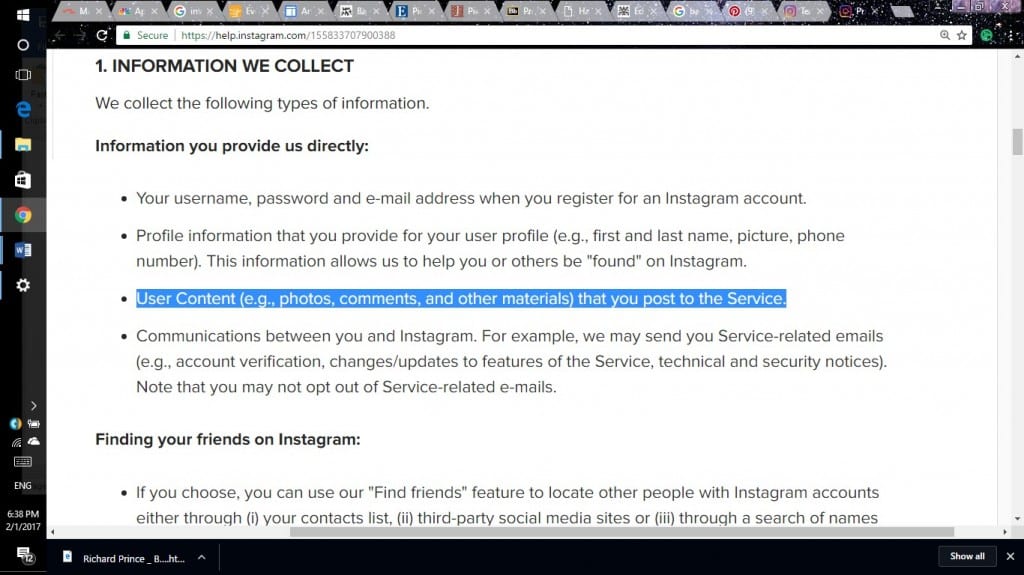
This means the content you post on your profiles can become Instagram’s and third parties property because you are using their site and their filters etc. Not to mention, everything you comment, like, post etc. gets saved in the systems. This is typical to advertise, save to phones, use as recommendations. It is important to always read the terms and conditions because you do not know what type of content you are allowing certain sites to gain access to. The use of appropriation to your images (just like Richard Prince’s Instagram nightmare) will be invalid because you agreed to the terms.
Barbara Kruger –
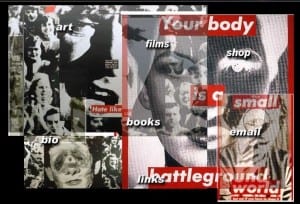
“I am trying to interrupt the stunned silences of the image with the uncouth impertinences and uncool embarrassments of language.” – Interview with Anders Stephanson 1987 (Evans, 2009, 104)
In the Feminist Critique section of Evan’s Appropriation book, Barbara Kruger is talking about ‘Taking’ Pictures 1982. – She is discussing appropriation/media imagery;
“Using, and/or informed by fashion and journalistic photography, advertising, film, television, and even other artworks (photos, painting and sculpture), their quotations suggest a consideration of a work’s ‘original’ use and exchange values, thus straining the appearance of naturalism. Their alternations might consist of cropping, reposing, captioning and redoing, and proceed to question ideas of competence, originality, authorship and property.” (Evans, 2009, 106)
Barbara Kruger’s work is mainly associated with feminism and political issues. Typically, she focuses on communicating directly to certain viewers. She sustains her work by addresses the issues she deems socially unacceptable.
“Associated with postmodern Feminist art as well as Conceptual art, Kruger combines tactics like appropriation with her characteristic wit and direct commentary in order to communicate with the viewer and encourage the interrogation of contemporary circumstances.” (The Art Story, Undated)
Artist who have influenced me –
Whilst reading ‘Appropriation’ by David Evans, I research the artist that were in the book and came across a man called ‘John Stezaker’.
Also, I stumbled onto a website called ‘Ms. Kirby’s Class Noticeboard – Art with a Message’. (Ms. Kirby’s Class Noticeboard, 2015) – On here she speaks briefly about Banksy, as I have heard of Banksy and his famous stamp (the little girl with the balloons) I decided to research into him more.
Banksy –
Whilst researching I found his art page;
http://www.banksy.co.uk/in.asp —— http://www.banksy.co.uk/out.asp
I found some very interesting, palpable images that have authentic meanings. A few of these images are something I have drawn upon myself, they are commodities that mean a lot to me.
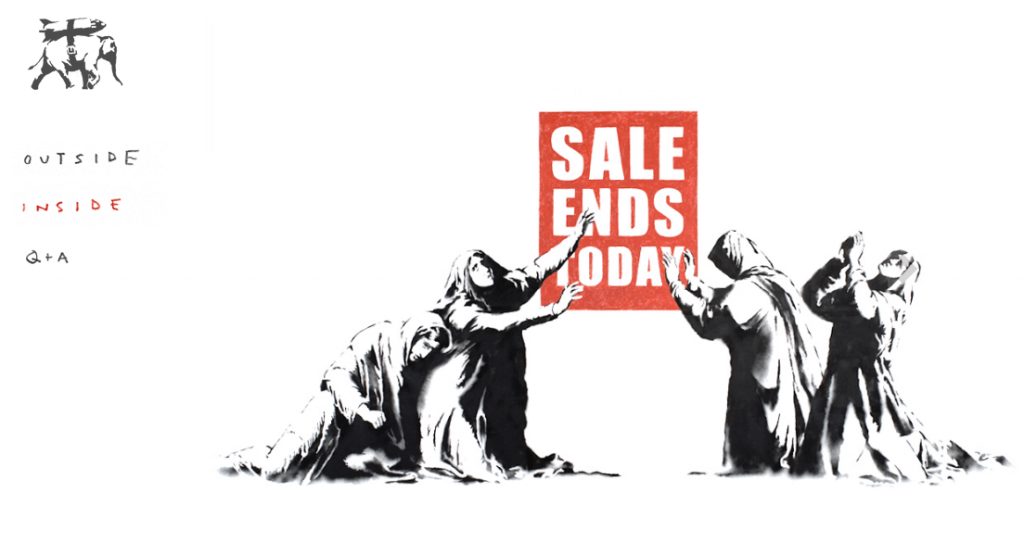
(Banksy, Undated)
This is a powerful image because when it comes to any kind of sales such as; Black Friday, January sales, Christmas sales etc. We become tricked into buying things we do not need.
“Money is a good servant but a bad master” – Francis Bacon
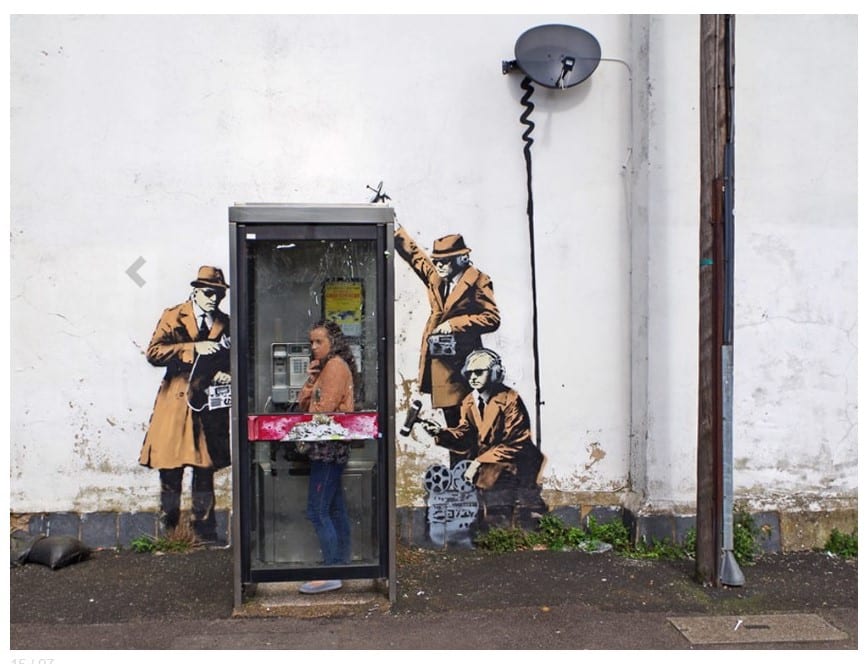
This image is clearly about the phone hacking scandal. Banksy is very bold and all of his stuff has significant meanings. However, to mean this could also mean you do not know who is on the other end of the phone listening to your phone calls and reading your messages.
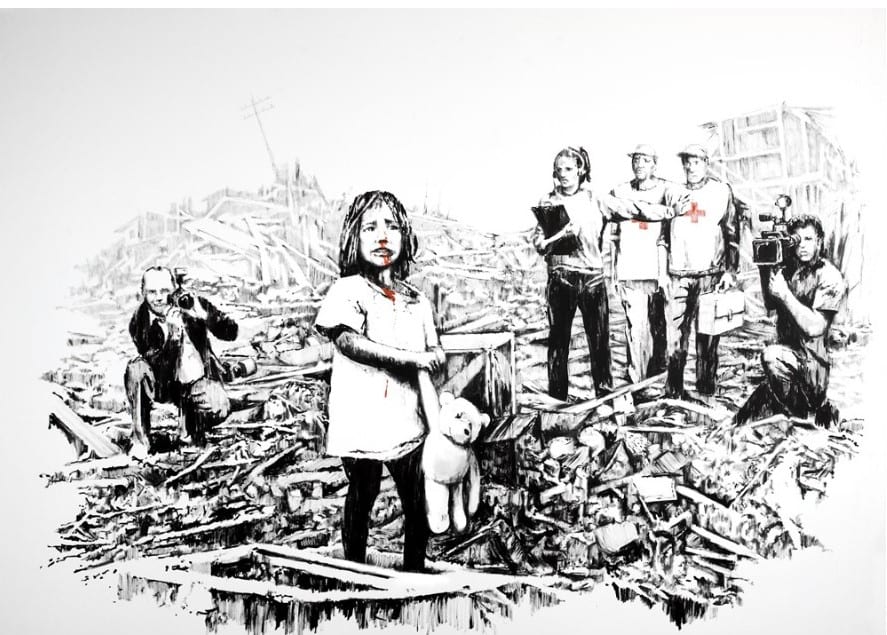
This image really hit home for me. As you can see there is a child in distress and there is a man taking pictures and another man is filming. The producer is stopping the medics going in to help the poor boy because this makes for good TV. Our TV screens are riddled with adverts of children in distress and although it makes the advert, how can you have the nerve to stand there while they cry for help. Earlier today I was looking through facebook and I saw a video of a puppy stuck in a hole, there was a cat trying to help get it out. But there was someone filming… Why did the person behind the camera go to help? Instead, he/she let the cat risk its life as the puppy fell to its near death… How has it become the norm to allow this sort of things to happen? Banksy’s work is true and makes you think about the world we live in.
Although these are stencils, I do not intend on using stencils in my work. I want to incorporate special and important meanings into an image, just as Banksy does.
Gerhard Richter –
Formally Richter is known for his photorealism in his early work, he is also known for overpainted photographs. Richter would paint directly onto a photographic print. He liked the idea of using hand labour to make an image different.
Gerhard Richter tends to enjoy testing the water and limits between painting and photography. This is because when the camera came out, it changed the way painting was seen and done.
“The process begins with a group of commerically processed 4×6 family snapshots, made by Richter himself or others while on holiday, at his home or studio, or on walks in the park. These are however the images that didn’t make it into the albums; they are the duplicates, or marginal compositions, or blurry red eye rejects. The second component is the leftover oil paint, with various colors melded together, smeared on the long plastic blade that Richter uses to scrape paint across his canvases. Richter than takes the photographs and pushes, pulls, and draws them through the surplus paint, lifting the prints to create ridges or allowing the paint to smear and drip to create spots and blobs. (No brushes are involved, although a palette knife is used from time to time.) The works are made quickly, with a large element of chance and spontaneity, full of simple gestural motion.” (Collector Daily, 2009)
This image is an oil painting. It is really hard to make out what it is. However, there must have been someone out there who loved it because it sold for £1,072,000 / US$2,022,641 in October 2006.
This image is completely covered with paint, and the original image is completely gone. It intrigued me to wonder what the original was, and what made him cover it up so vigorously. It almost looks like rain falling onto a window, with the scraping technique he has used. This sold for £524,000 / US$1,027,450 in February 2007.
These images have come from https://www.gerhard-richter.com/en/art/paintings/abstracts/abstracts-19951999-58/abstract-painting-8144 – Gerhard Richter’s page.
John Stezaker –
“Interested in the periphery of image culture, the sideways, byways of image culture, images could become guides as opposed to being guided by me. (Evans, 2009, 97)
“I was also very interested in the idea of the consumer as unconscious, or the forms of unconsciousness within which one consumes images. I thought there was an interesting possible connection this idea of the aesthetic unconscious and a consumer unconsciousness or passivity, and I was interested in trying to align the two.” (Evans, 2009, 97)
Stezaker has a very interesting theory about people, not absorbing images the way they should. He believes we look at an image and say ‘okay, next’ and never think of it again, we do this without resistance. I agree with what Stezaker is saying, no one truly appreciated the art of photography. There are a few images such as memorabilia which we consciously take in on a day to day basis, however, there are some image we should analysis and define the meanings, intended or not.
On page 96 of Evans’ Appropriation book, John Stezaker begins to talk about Picasso and what he means to him and the work he does.
“he doesn’t look for images he finds them.” (Evans, 2009, 96)
Stezaker allowed himself to be guided by the images instead of his thoughts guiding the images. Conceding that searching for an image is more likely to lead you to find nothing because you do not really know what you want in the first place. Look for an image we want, is like going to a restaurant and not knowing what you want until you get there.
“So you have to abandon yourself to a kind of searching which doesn’t predispose you to a very specific conclusion or image” (Evans, 2009, 97)
What he means is you should not automatically get a preconceived idea of what you should expect from an image. Question it make it your own.
Stezaker claims by doing this “you’ve taken yourself outside the linearity of a particular channel.” (Evans, 2009, 97) “Sideways/byways of image culture-” (Evans, 2009, 97) he suggests we should change our relationship to culture. Picasso searched junk yards – scrap heaps and bookshops – “finding ready made pieces/bits/objects – this inspired him in his own work.” Picasso appropriated these objects and made them his own in his paintings. Does this mean he is an appropriation artist? Essentially.
John Stezaker’s work usually comes from classic movie stills he has found, he uses visual language to create antithetical and new meanings. His work is very strange and in some images, I do not understand what they mean. However, this is all part of his methods. They only make sense if you forget about unconsciously viewing them.
Here are a few examples of the images that got me thinking;
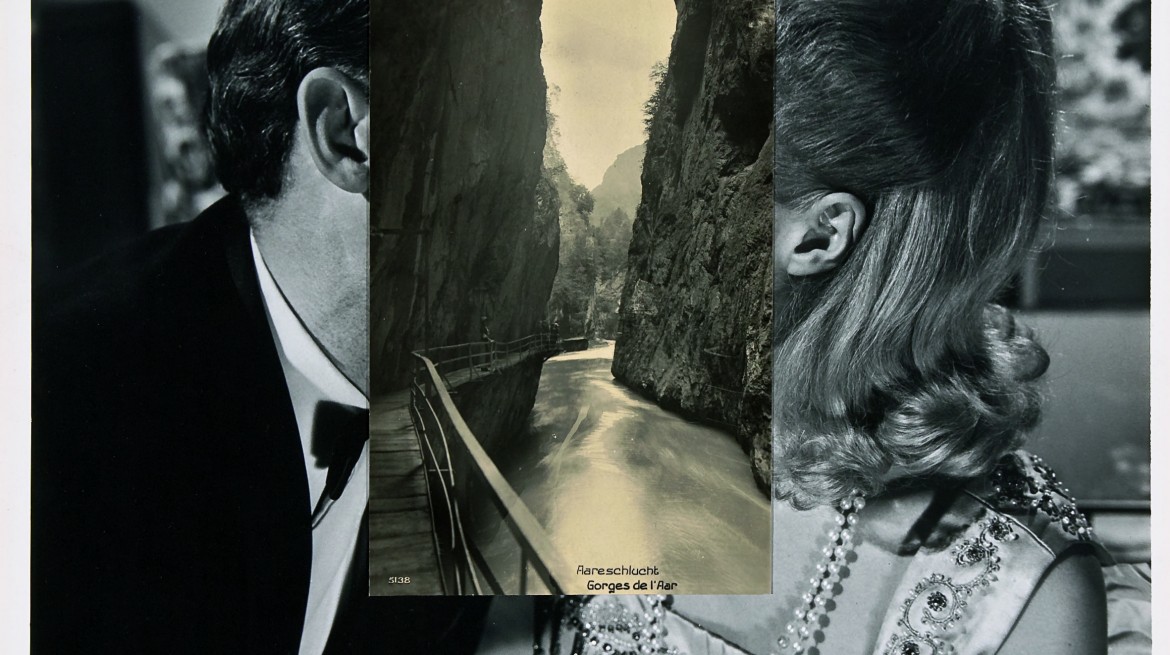
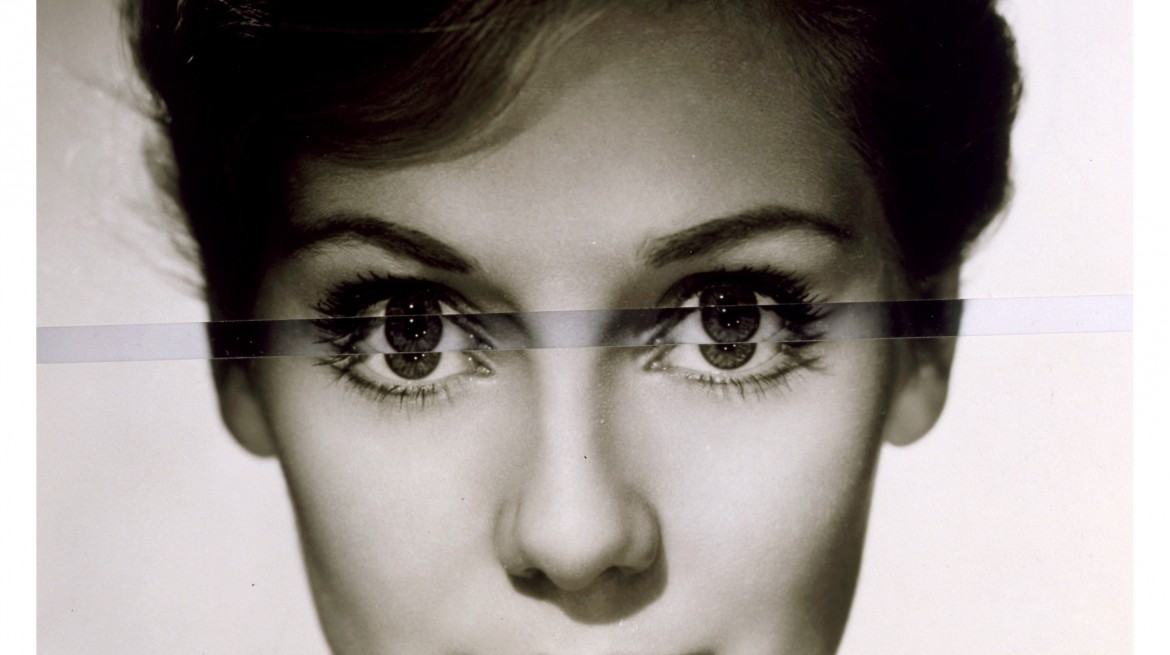
Banksy and Gerhard Richter inspiration;-
As Banksy creates images that have real and sincere meanings, I wanted to appropriate something that not just gives an antithetical meaning, but something that is going to move people and make them think.
I have come up with the idea of painting on someone’s face. I want to create something abstract where people’s prints have been left on us. The different colours will mean the person or thing that has affected us, and whereabouts the print would have been left its mark forever. I feel this is a personal realisation and many people can (hopefully) relate.
However, my work is more like Gerhard Richter. I want to draw over a photographic image and create something abstract, but by incorporating Banksy’s meanings to things.
These drawings are something I did on my iPad when I woke up with an idea, I did not have a pen or piece of paper nearby. Therefore, this would have done. I think of my best ideas when I’m in between sleep and conciousness, therefore, I did not want to waste it.
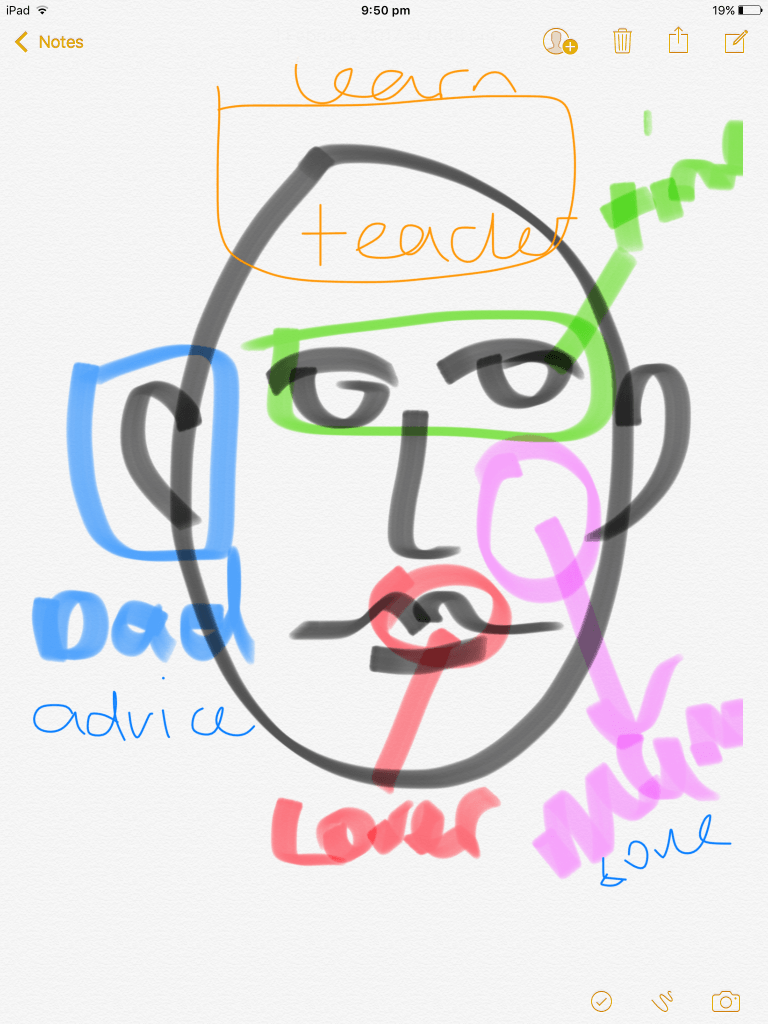
The next five images are a breakdown of what I will be doing for the first piece;
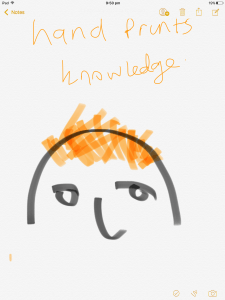
Knowledge – Without teachers/parents/friends/etc’s thoughts, we would not know anything. Not even to walk or talk.
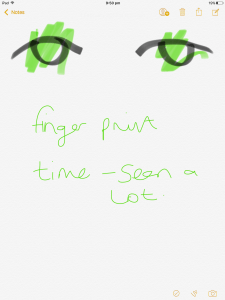
Time – Throughout time, our eyes do not change. They remain the only part of us that do not age. Not to mention, in the time we are here, we see a lot of wonderful/terrible things.
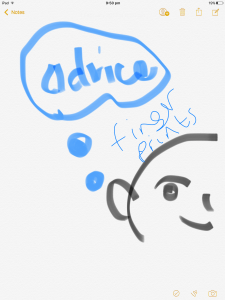
Advice – Growing up my father’s advice got me out of a lot of trouble and helped me concur certain fears.
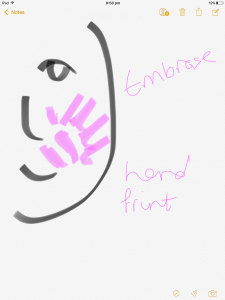
Embrace – A mother’s embrace, care, and love can get you anywhere. A mother is not just someone who gives birth to you, but someone who guides you and teaches you and loves you unconditionally.

Lover – Throughout life, we fall in love a lot. Kissing is an essential part of humanity, but that is not my point, the point is passion. We all have passion about something.
Practice work;
This is the practice paintings I did before painting the real thing because I did not want to mess it up.
Although the quality is not very good, this shows where everything is going to be placed.
On this image, I decided to extend the red to the wrists and the pinky colour to the hands. This is where mothers would hold your hand as a child and a partner would kiss your hand. I decided not to use figure prints in this image, instead, I used the brush. I felt too heavy with just the brush.
I wanted to do a full image to see what it would look like. I liked the result.
I tried again with a medium shot, this worked out well, however, the image was too small for me to do proper fingerprint markings. Therefore it looked odd.
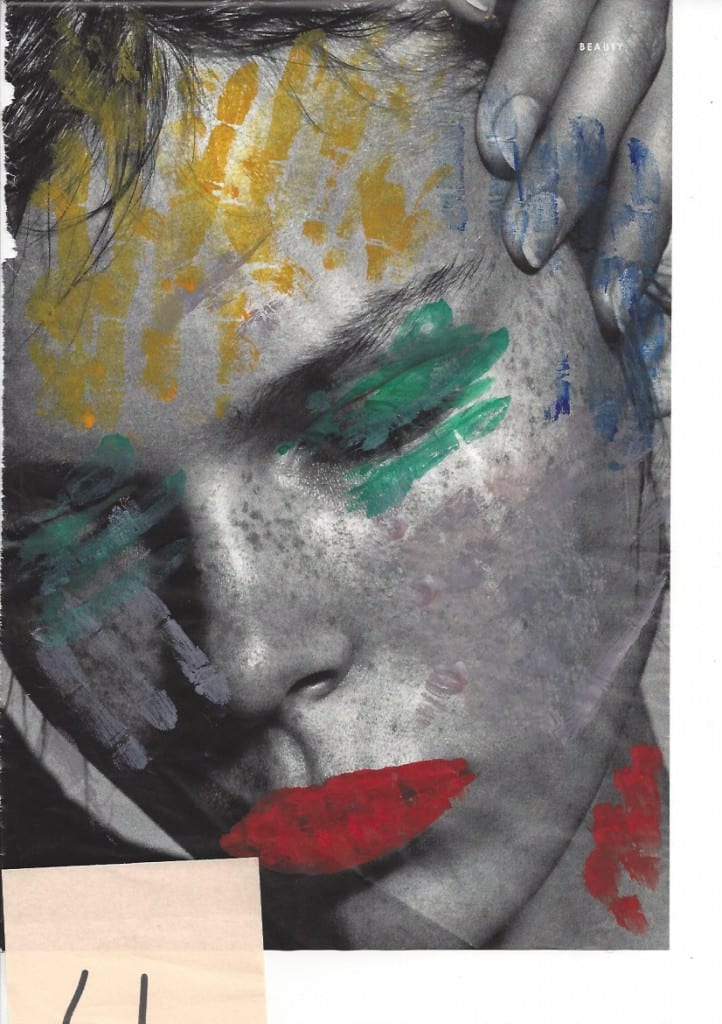
This time I used my hands with a bigger picture, and I was really pleased with the result. I believe this changes all meanings in the picture.
From a Dior advert, it becomes something about physical meanings and how people around us affect us every day. By painting on an image I am creating antithetical meanings to another opposed meaning.
John Stezaker inspiration;-
As Stezaker has a matter of changing the faces of his appropriated images, I was intrigued by the idea.
I believe by changing a distinct entity such as the eyes, (or any important figure on the face) you are changing the person’s personality/persona. Without the one thing that we and others identify us with, it makes us someone else entirely. ‘The eyes are a window to your soul’ as Shakespeare once quoted.
I took the picture of Dakota Johnson from the Glamour edition;
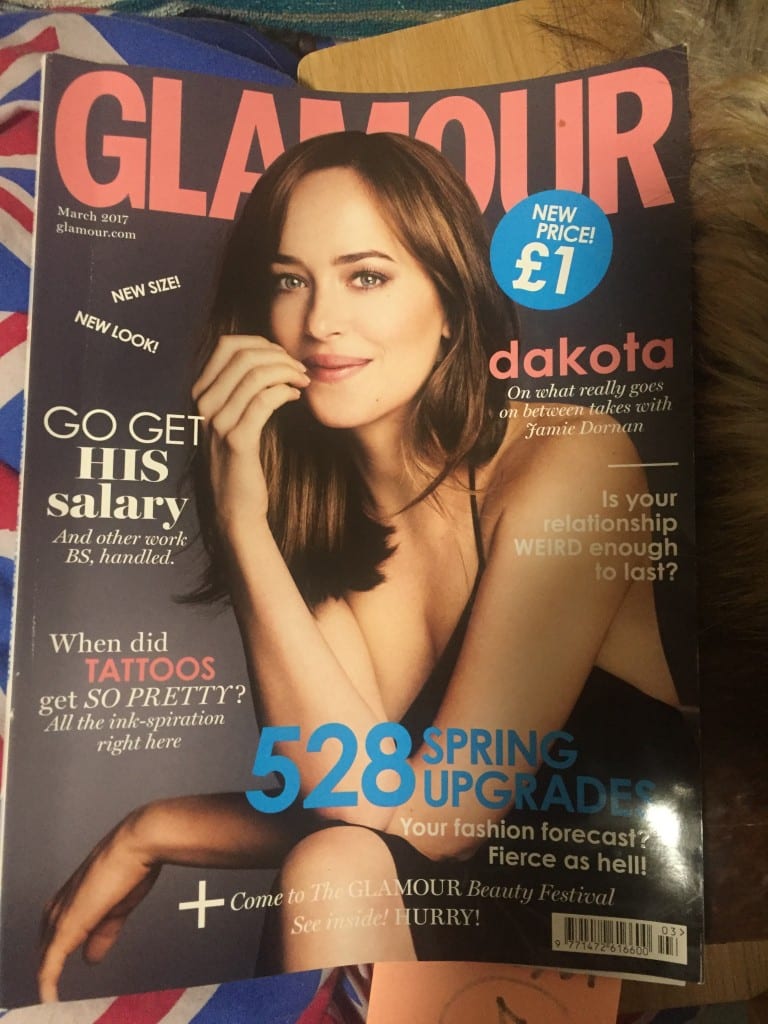
By using the images within this magazine, I added different parts of people to Johnson’s face. I wondered what she would look like if i used another picture of her face but in a larger format. I also added the mouth of the woman from the ‘get the London look advert’, to shake things up a little.
All my test images have come from this Glamour magazine. I chose to appropriate the contents of a magazine because everyone is portrayed so perfect and flawless in them, but in reality that is not how the world works.
Here are my test images and the before;
The main thing that is prominent in this image is the eye, so I decided to make it more prominent by making it bigger.
This woman has flawless cheekbones and a well-structured nose. Her skin is airbrushed and no blemishes are in sight. But we all have uneven skin tones, pores, blemishes, and freckles. Therefore, I decided to change her nose and replace her eye.
Even the men in the magazine world are airbrushed, their bread stubble is bearing visible. This mad comes across quite young, therefore, he has a women’s eyes symbolising his femininity.
This is my favourite so far, it looks almost real. The mouth is ridiculously big, it looks like she has had botox. Which is the in thing at the moment, her eyes are not central and her left ear is sightly larger. All these things are important to us sight – sound – taste etc. Therefore, I felt the need to make them stand out by making them immense and sizeable.
[Click here to view Final Images]
Bibliography
Evens, D. (2009) Appropriation Documents of Contemporary Art. London: Whitechapel Gallery.
Blum & Poe {2015) Richard Prince New Portraits. Tokyo: Blum & Poe. Available from http://www.blumandpoe.com/exhibitions/richard-prince [accessed 01 February 2017]
Instagram (2013) Terms of Use. US: Instagram. Available from https://help.instagram.com/478745558852511 [accessed 01 February 2017]
Instagram (2013) Privacy Policy. US: Instagram. Available from https://help.instagram.com/155833707900388 [accessed 01 February 2017]
The Art Story Modern Art Insight (undated) Barbara Kruger. The Art Story. Available from http://www.theartstory.org/artist-kruger-barbara.htm [accessed 01 February 2017]
BarbaraKruger.com (2003) Barbara Kruger Biography. Art Price. Available from http://www.barbarakruger.com/ [accessed 01 February 2017]
Ms. Kirby’s class Noticeboard (2015) Art with a Message. Google Sites. Available from https://sites.google.com/a/hiroshima-is.ac.jp/our-class-noticeboard/year-7-8-art-1/artwithamessage [accessed 01 February 2017]
Banksy (undated) Banksy Inside and Outside portfolio. Banksy. Available from http://www.banksy.co.uk/menu.asp [accessed 15 February 2017]
WhitechapelGallery (2011) Exhibition John Stezaker. Whitechapel Gallery. Available from http://www.whitechapelgallery.org/exhibitions/john-stezaker/ [accessed 12 February 2017]
Collector Daily (2009) Gerhard Richter Overpainted Photographs. Collector Daily. Available from https://collectordaily.com/book-gerhard-richter-overpainted-photographs/ [accessed 17 February 2017]

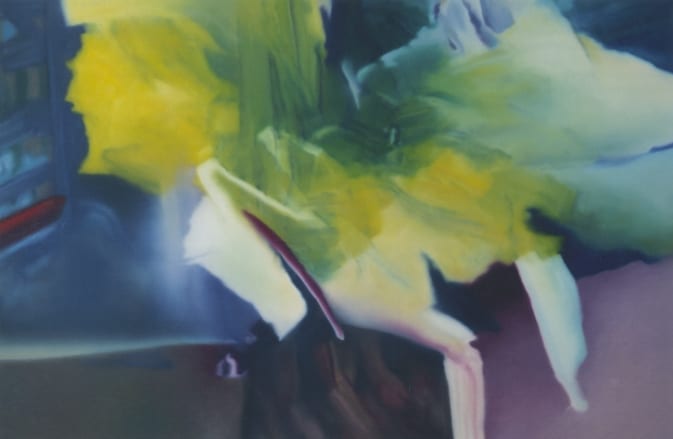
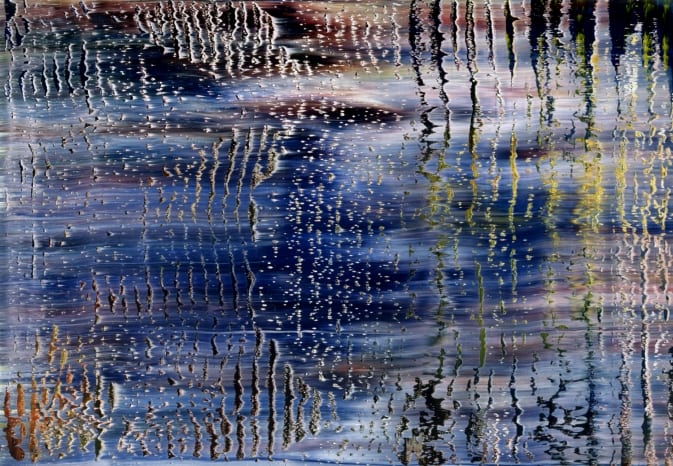
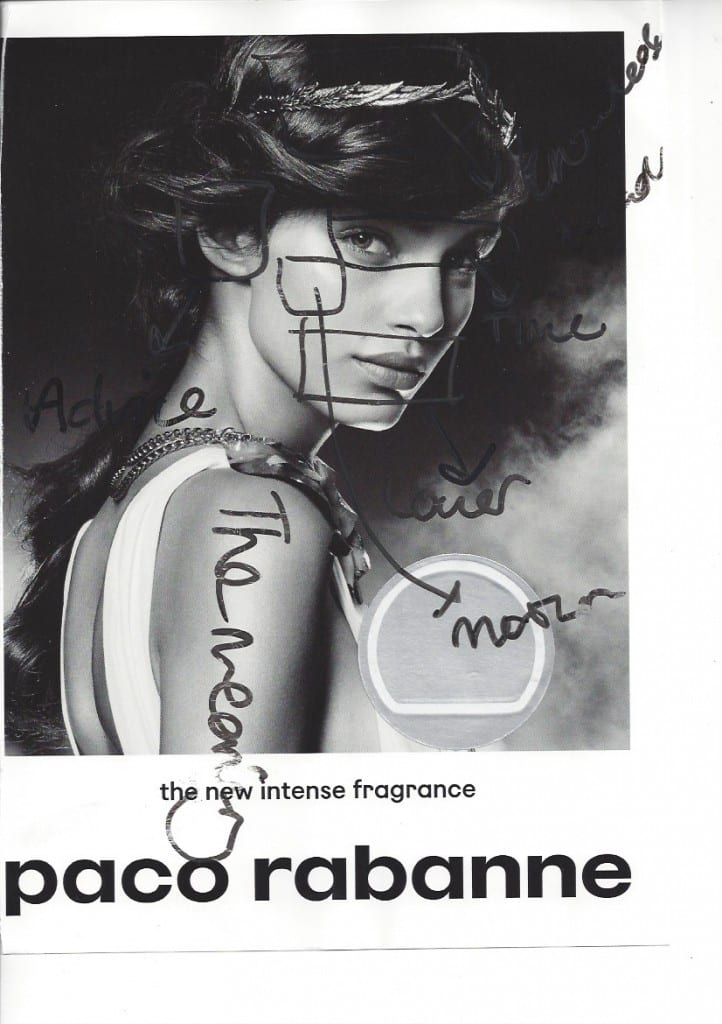
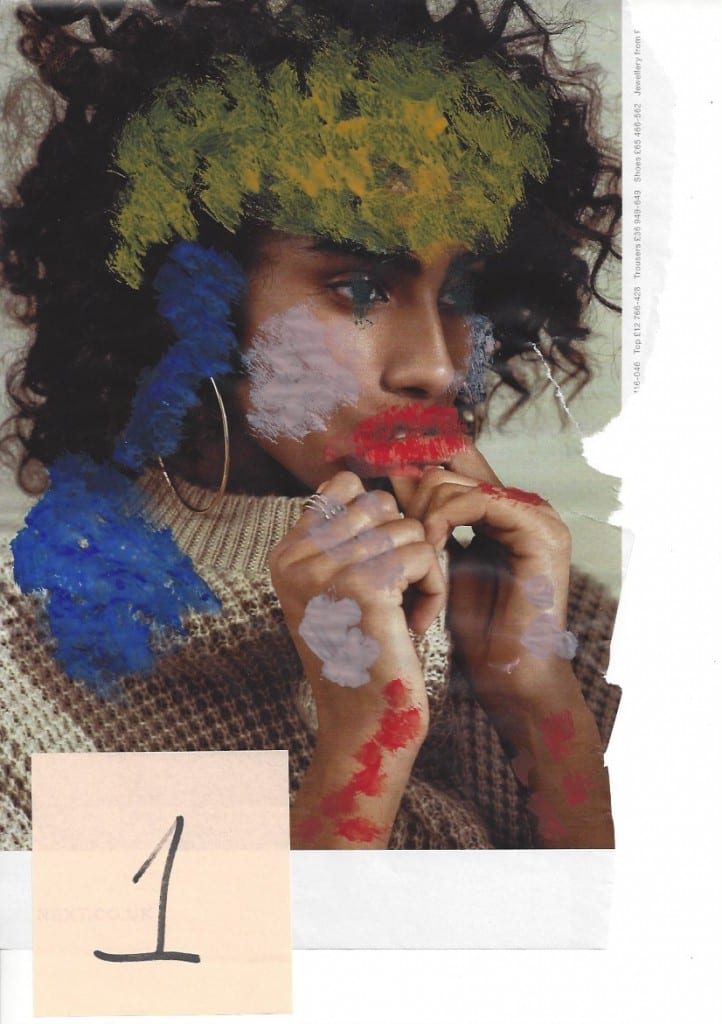
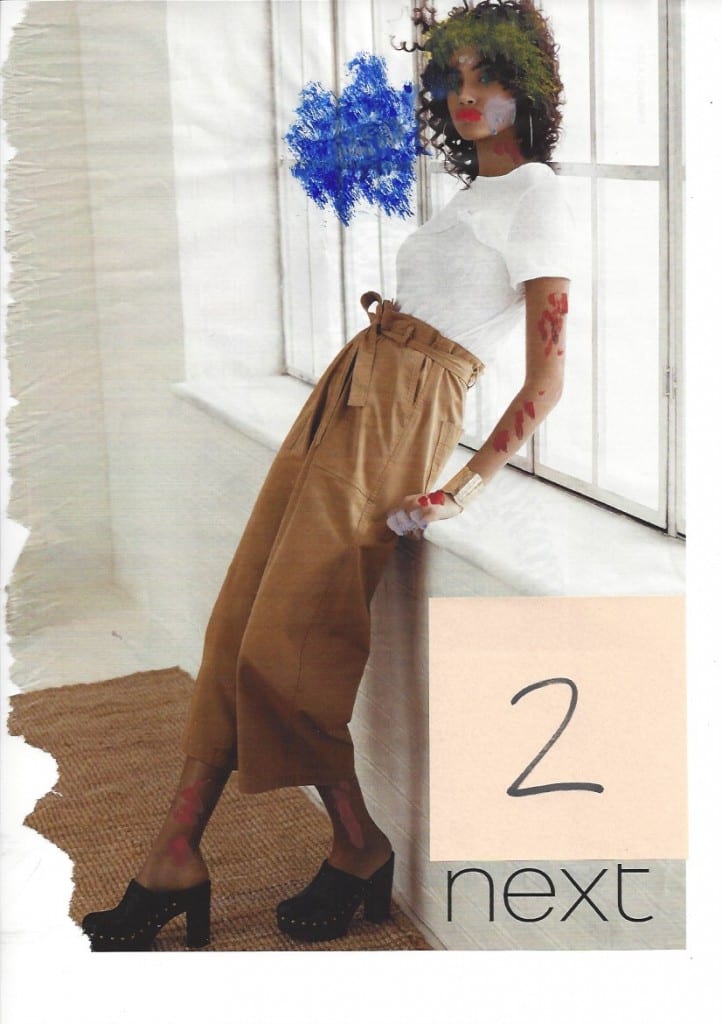
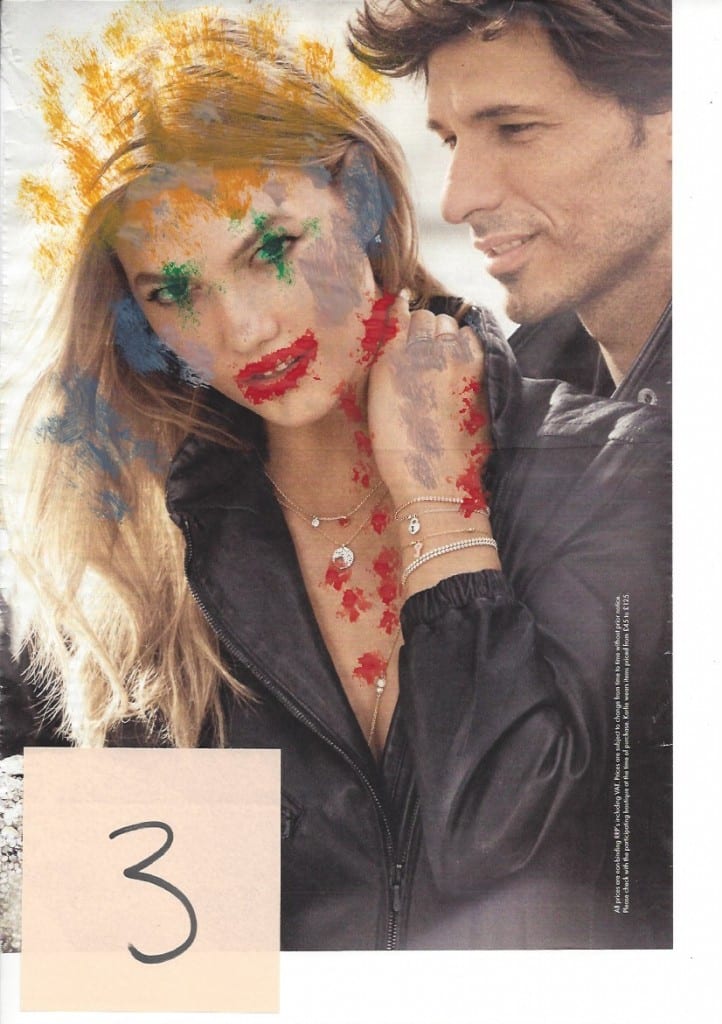
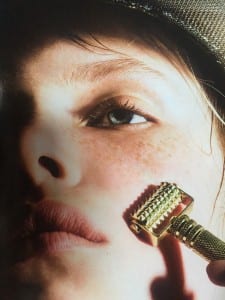
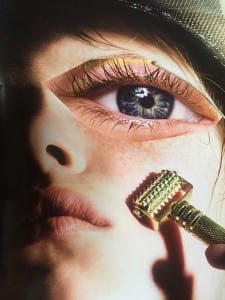
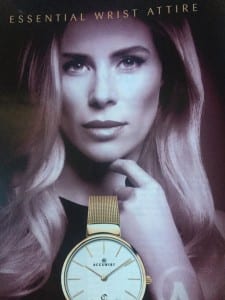
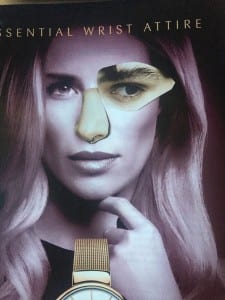
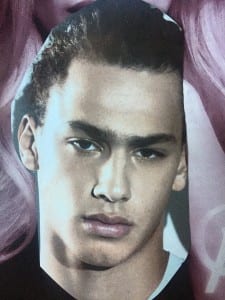
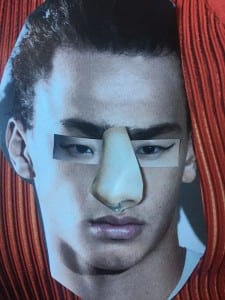
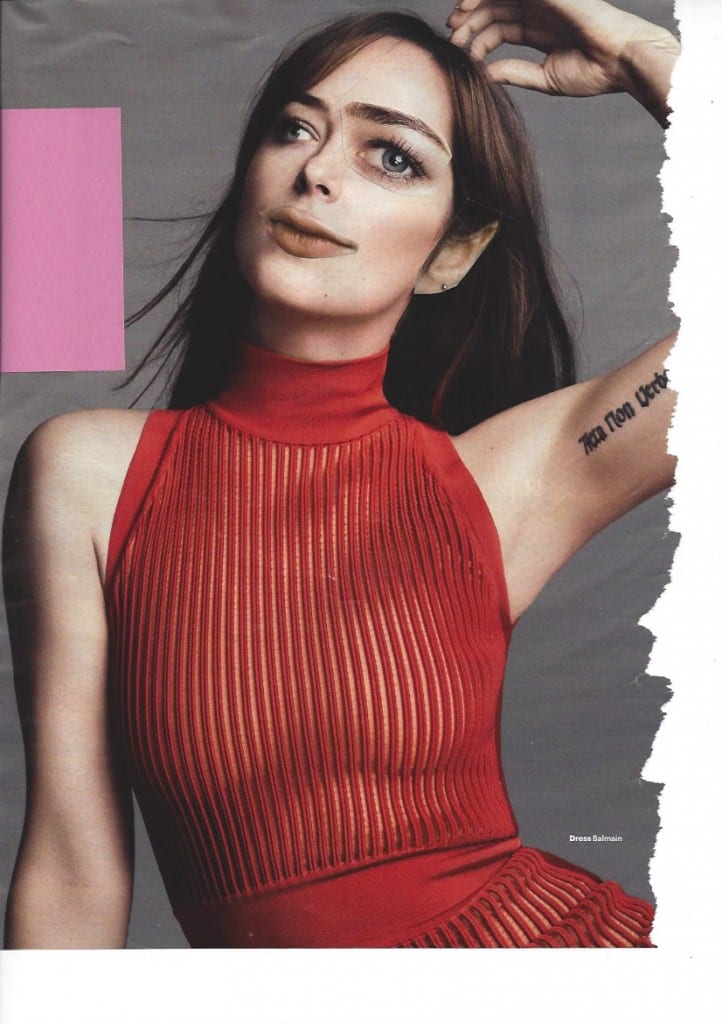
Leave a comment